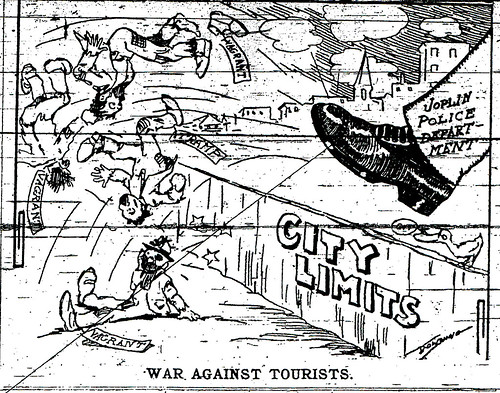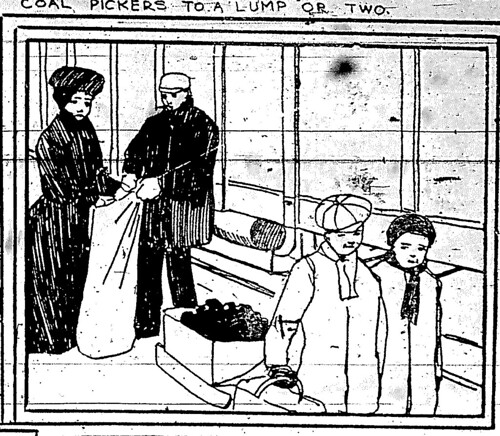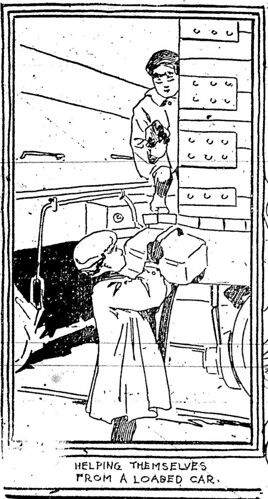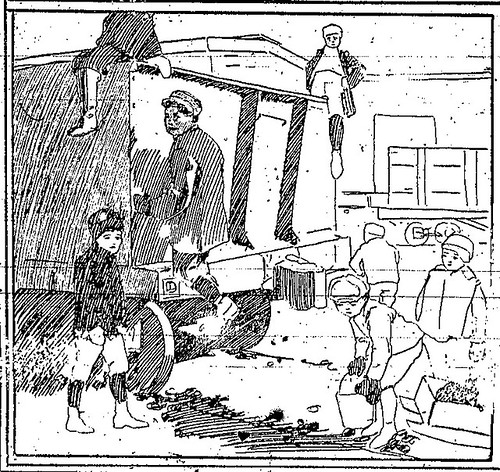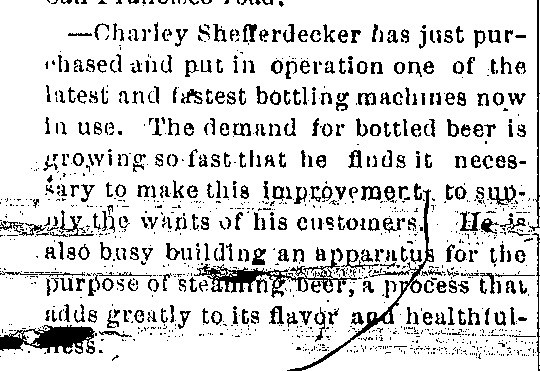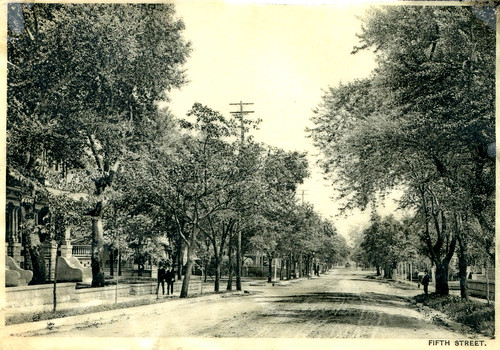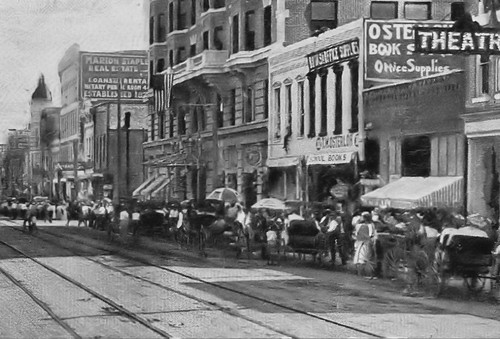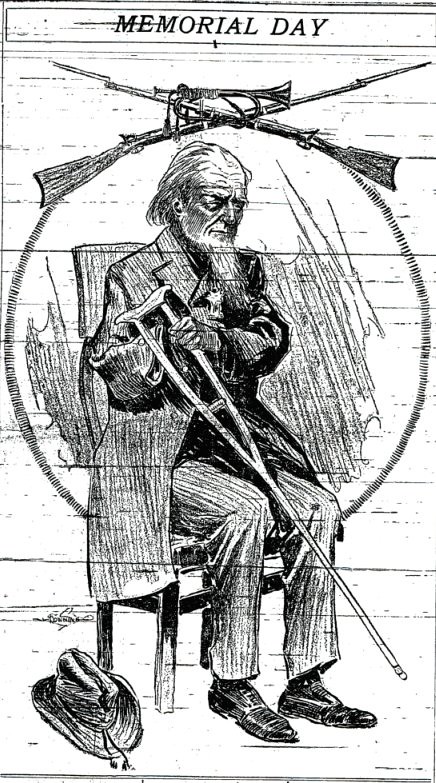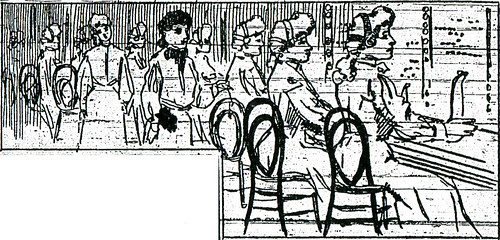Just past the bright intersection of 4th and Main streets, a Joplin police wagon pulled up under the glowing lights of the Connor Hotel. As the police entered the hotel they were joined by the city’s mayor, Guy T. Hume, intent on arresting N.B. Peltz. Peltz was working in cooperation with the Provident Association, the successor organization to the Charitable Union, which had been largely run by the city’s ministers. As Peltz was led out of the Connor Hotel in handcuffs he protested, “I am doing this for charity.” By this point a crowd had gathered and Hume replied coolly, “That makes no difference. Raffling off babies is against the law and you know me. Too many complaints have been made.”
In fact, the baby raffle was actually part of a charity fair to be held by the Provident Association and the Joplin Benevolent and Protective Order of Elks between May 10th and May 13th. Among the fundraising efforts connected to a fair was a raffle for a $500 lot in Spring Park at a cost of fifty cents a ticket, as well the chance to win a pony and cart for a ten cent ticket. The tickets were sold by a “Flying Squadron” that consisted of some of Joplin’s prettiest girls who rode around on “dreadnoughts” in the form of cars with flags and flyers which advertised the fair. Other enticements included a $75 scholarship to the Joplin Community College and six months of free instruction at the Calhoun School of Music. Activities included a beauty show, music, an Elks’ Museum of Unnatural Wonders, cigars, refreshments, a country store, a flower booth, a dance, and fortune telling.
Before he was placed into the paddy wagon, Peltz continued to contest his arrest, “Why, Mr. Mayor, you couldn’t arrest me if I announced ten days ahead of time that I proposed to get drunk, could you? Then why can you arrest me because this announcement has been made?”
The announcement of a baby raffle had caused some consternation. Rumors floated around town that the baby to be raffled off might be exhibited at the Provident Association’s headquarters at 509 Main Street. Concern had come from within the Provident Association which was divided on the issue of the baby raffle. The majority believed that a significant amount of money was to be made from such a raffle, while the minority grumbled that it would be well enough to just raise that amount without resorting to such a raffle. In response to Peltz’s question, Mayor Hume shrugged and replied, “Just jump into the patrol wagon and you can explain to Judge Kelsey later.”
Seated inside the patrol wagon, Peltz was hauled off to the jail. Although several guests at the Connor Hotel offered to help Peltz, he instead asked G.F. Newberger to post his bond. Once freed, Peltz announced he would fight the arrest and claimed, “I am backed in this by some of the best people in Joplin.” Never the less, Peltz pointed out, “the mayor can’t prove that I intend giving away the baby. The parents can do that, can’t they?” He went on to point out that the parents did not object, which would make it hard to prove he was guilty. The mayor, Peltz declared, “is butting into some trouble.”
Told later of Peltz’s words, the mayor simply laughed, “Take it from me, there will be no baby raffling in this man’s town while I’m mayor.”
The question of the reality of a baby raffle eludes us. Some investigation into the matter found examples of baby raffles where the baby in the end was switched out for a young piglet, while another example was noted in a January, 1912 Popular Mechanics, in Paris, where orphaned babies were actually raffled off to find them homes. Know anything of baby raffles? Please comment and let us know!
Sources: Popular Mechanics, “A History of Jasper County and Its People,” by Joel T. Livingston, and the Joplin News Herald, 1910.
